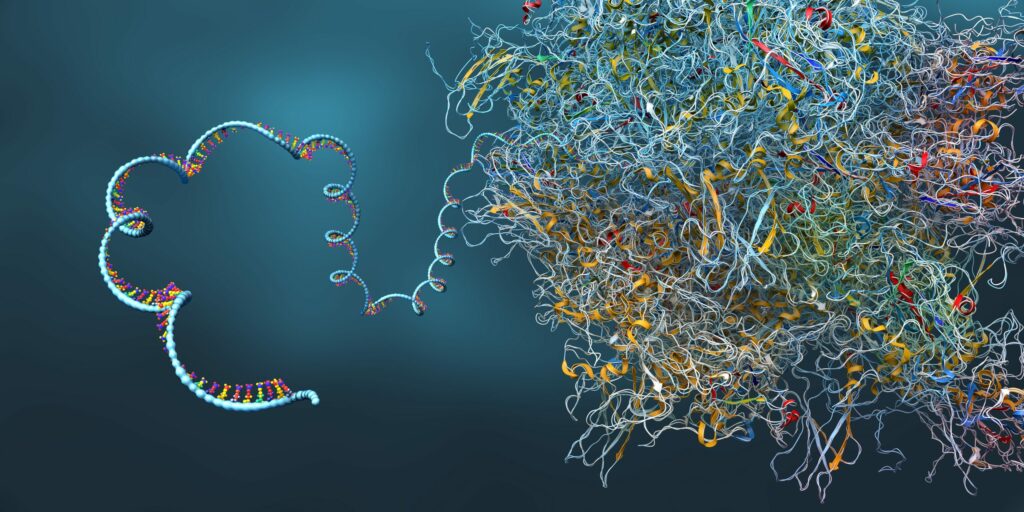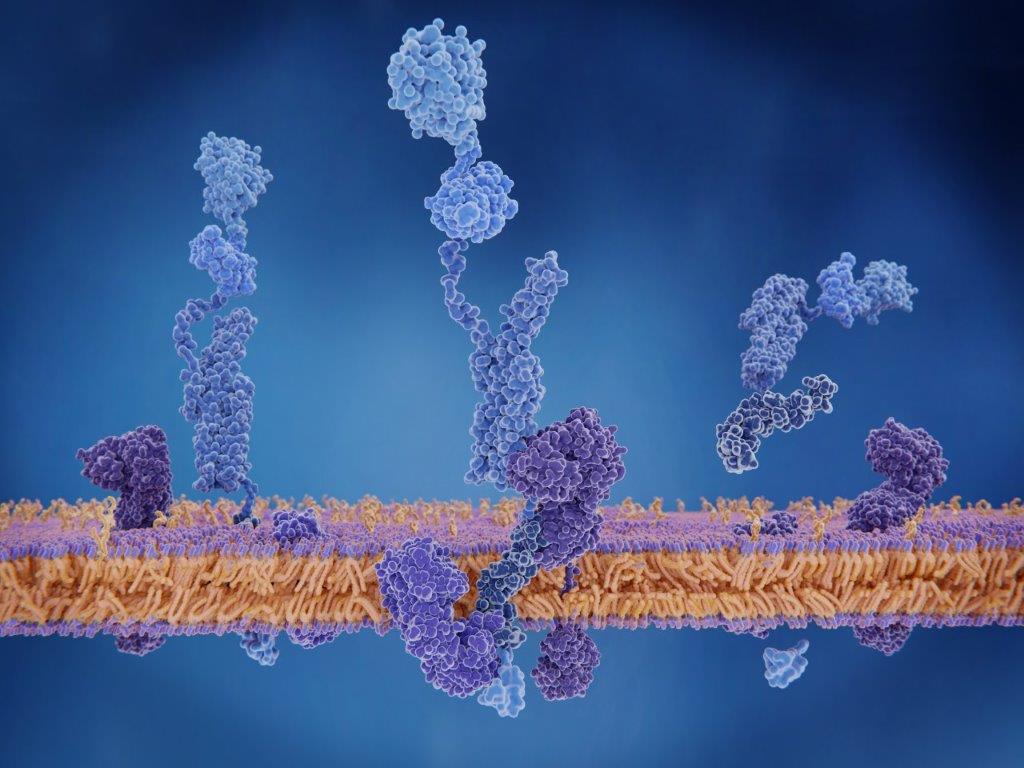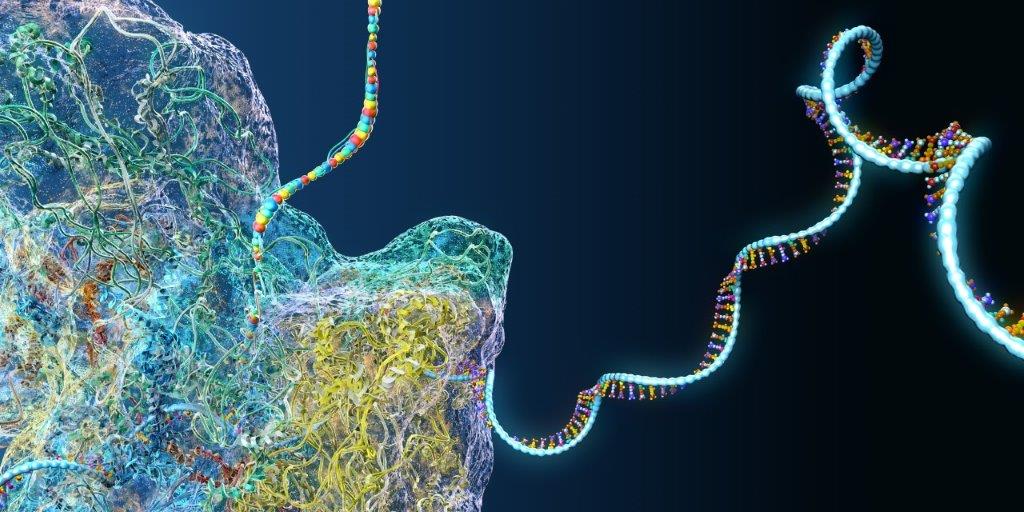Translatomics for RBPs, scanning ribosomes, and new genes
July 16th Recent Publications Harnessing the Power of Translatomics. Every week we provide a digest of a small number of recent interesting papers in the field of translatomics. In this week’s Sunday papers, Jiang et al. (2023) characterized PRRC2B in translational regulation using human embryonic kidney (HEK293T) cells. Kito Y et al. (2023) identified components of […]
Translatomics for RBPs, scanning ribosomes, and new genes Read More »





